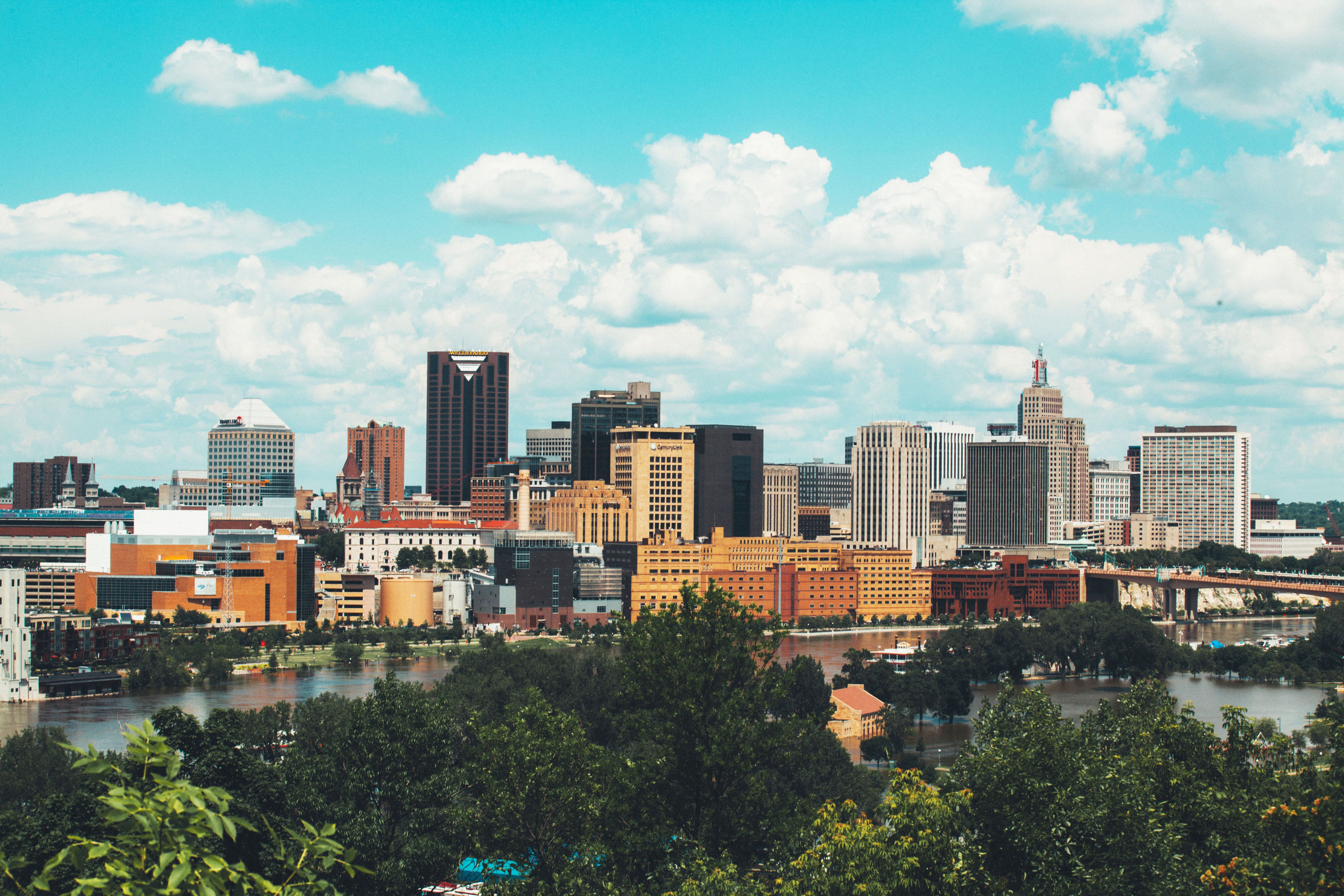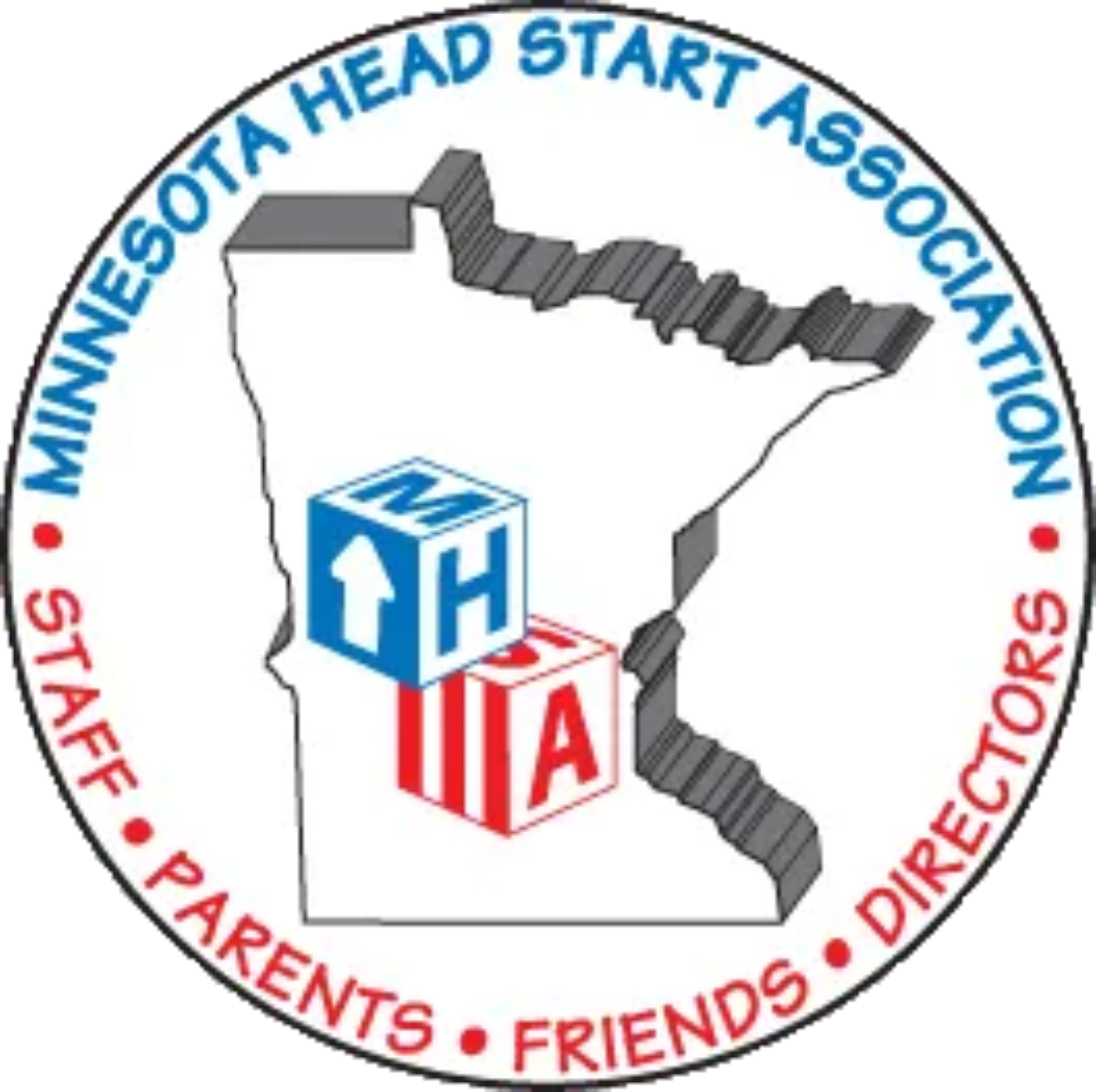December 20, 2018 | Vol. 5 No. 33
Poverty is perhaps the most persistent of problems, with consequences that can span a lifetime, be transferred across generations, and loom in the minds of individuals and families living at the edge of poverty.
- 24/7 Wall Street
The problems with the official measure [of poverty] have long been recognized. Not only are the original thresholds too low but they are based on outdated assumptions about family expenditures. Food now makes up about one-eighth of an average family’s expenditure. At the same time, the costs of housing, child care, and health care have grown. Thus the official poverty level no longer reflects the true expense of supporting a family at the minimally adequate level.
- Mark Levinson
Just last month Microsoft News (MSN) ran a two-week series of online articles titled “Poverty in America.” Among the many news outlets MSN partnered with during this enterprise was 24/7 Wall Street, which you might remember as the news organization ranking Minnesota as the “second worst state for Black Americans” for several years running.
Coincidentally, as was covered quite nicely here in the pages of the Spokesman-Recorder, 24/7 Wall Street graded the Twin Cities of Minneapolis-St. Paul as the “fourth worst” metro area for African Americans to live.
There were a number of compelling pieces that made up the MSN series including the “against all odds” success story of C. Nicole Mason (akin to the likes of Wes Moore and Casey Gerald), and a narrative about living in poverty through the eyes of the Johnson kids, ages eight, six and four.
What’s more, in addition to some of the more personal accounts, there were a number of quantitative studies presented that explored such things as the root causes of poverty; who it is that lives in poverty; and what it actually means to be poor in America today.
To their credit, MSN and their news partners also discuss potential solutions to the problem of poverty. Among the topics they allot extra time is how poverty continues to be measured in the United States.
This is a subject I’ve touched on numerous times over the life of this column. This is particularly important because as historian and economist Mark Levinson states, “The way we determine who needs help blocks many poor people from receiving the assistance they need.”
The measure of poverty that we use in this country was based on the United States Department of Agriculture’s 1955 Household Food Consumption Survey at a time when a typical low-income American household spent a third of its income on food. The federal government officially implemented this measure 55 years ago, and this model has never been updated in spite of the fact that the average family in the 21st century spends far less a proportion of its income on food.
Instead, in 2018, the poorest 20 percent of Americans spend 40 to 50 percent of their annual income on housing and related costs. Other significant expenses that have risen during the
last 45 years and continue burdening low-income families include health care, child care, and transportation. Moreover, America’s poverty guidelines still fail to take into consideration geographical variations in the cost of living (with modest exceptions for the states of Alaska and Hawaii).
Thus, according to America’s official poverty measure, a family of four earning $24,000 per year in Eureka, California is the equivalent of a four-person household in Eureka, Kansas earning the same amount. And yet, the cost of living in the California town is nearly five times that of the town in Kansas.
The official count of Americans living in poverty today is approximately 40 million. However, a multitude of alternative measures, including those proposed by the National Academy of Sciences, Economic Policy Institute, Brookings Institute, Stanford Center on Poverty and Inequality, and MIT, suggests that over 100 million more Americans are either low-income or economically insecure. In essence, half of the country’s citizens still struggle to meet their basic needs.
Neither America nor her institutions could likely stomach adding tens of millions to the ranks of the poor. Perhaps that is the reason that all of these alternative measures of poverty have failed to gain any meaningful traction outside of the institutions where they were created.
But if we truly want to reduce poverty, we have to be honest with ourselves.
In order to reduce poverty and economic insecurity, America must not only provide assistance to help its most vulnerable populations make ends meet at the end of the month, but also invest in resources and opportunities that help lift people out of poverty and chart a course toward financial empowerment.
This means more money for education, job training, affordable housing, access to reliable transportation, and quality health care, among other things.
As the late Nelson Mandela, who would have celebrated his 100th birthday this past July, so famously said, “Overcoming poverty is not a gesture of charity. It is the protection of a fundamental human right, the right to dignity
and a decent life.”









